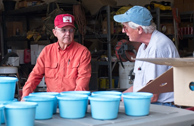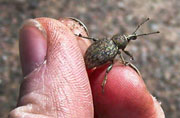 May 12, 2020. With permission from Hay and Forage Grower, published by W. D. Hoard and Sons Company, Fort Atkinson, WI, here is a link to “Jousting with the Snout Beetle” by Editor Mike Rankin who visited the Bruce Dimock farm in Peru, N.Y. The article shows how one Northern New York farm has made good use of the alfalfa snout beetle research results made possible by long-term support from the Northern New York Agricultural Development Program with funding from the New York State Legislature.
May 12, 2020. With permission from Hay and Forage Grower, published by W. D. Hoard and Sons Company, Fort Atkinson, WI, here is a link to “Jousting with the Snout Beetle” by Editor Mike Rankin who visited the Bruce Dimock farm in Peru, N.Y. The article shows how one Northern New York farm has made good use of the alfalfa snout beetle research results made possible by long-term support from the Northern New York Agricultural Development Program with funding from the New York State Legislature.
https://hayandforage.com/article-3002-Jousting-with-the-snout-beetle.html

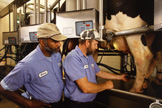

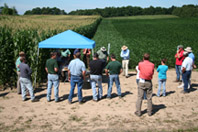
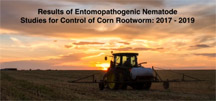 Lowville, N.Y.; April 22, 2020. Texas A&M Agri-Life Extension has posted a video highlighting how the science of biocontrol nematode use developed in Northern New York is now helping corn growers in Texas and New Mexico. The video is posted at
Lowville, N.Y.; April 22, 2020. Texas A&M Agri-Life Extension has posted a video highlighting how the science of biocontrol nematode use developed in Northern New York is now helping corn growers in Texas and New Mexico. The video is posted at 